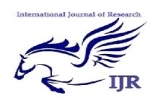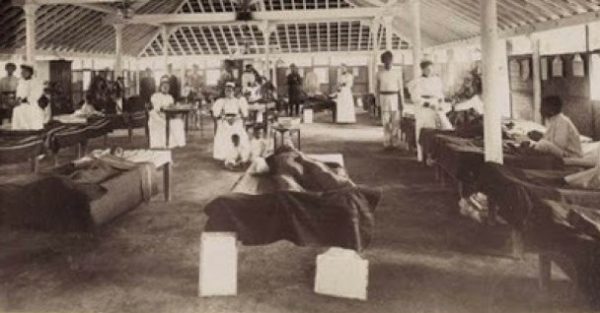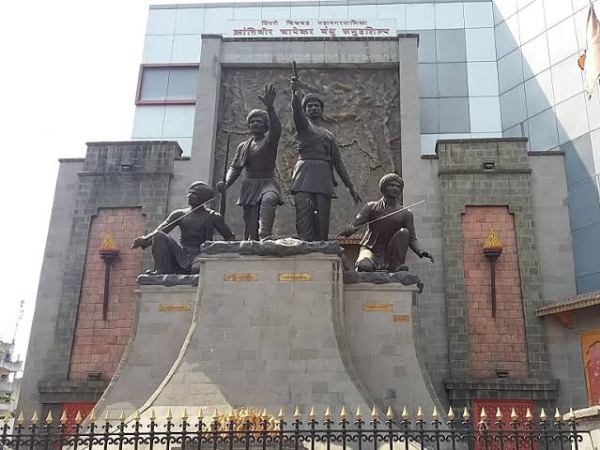The Prime Minister in his address on 12th May 2020 gave a call for self-reliant India. The definition of self-reliance has changed in the globalised world and he clarified that when the country talks about self-reliance, it is different from being self-centred. He said that India’s culture considers the world as one family, and progress in India is part of, and also contributes to, progress in the whole world. He noted that the world trusts that India has a lot to contribute towards the development of the entire humanity.
Five pillars of self-reliant India
Self-Reliant India will stand on five pillars viz.
- Economy: which brings in quantum jump and not incremental change;
- Infrastructure: which should become the identity of India;
- System: based on 21st-century technology-driven arrangements;
- Vibrant Demography: which is our source of energy for a self-reliant India; and
- Demand: whereby the strength of our demand and supply chain should be utilised to full capacity. He underlined the importance of strengthening all stakeholders in the supply chain to increase, as well as fulfil, the demand.
Atmanirbhar Bharat Abhiyan
The Prime Minister announced a special economic package and gave a clarion call for Atmanirbhar Bharat. He noted that this package, taken together with earlier announcements by the government during COVID-19 crisis and decisions taken by RBI, is to the tune of Rs. 20 lakh crore, which is equivalent to almost 10% of India’s GDP. He said that the package will provide a much-needed boost towards achieving ‘Atmanirbhar Bharat’. He observed that the package will also focus on land, labour, liquidity and laws. It will cater to various sections including cottage industry, MSMEs, labourers, middle class, industries, among others.
Talking about the positive impact of reforms like JAM trinity and others, brought about in the last six years, Prime Minister said that several bold reforms are needed to make the country self-reliant so that the impact of crisis such as COVID-19 can be negated in future. These reforms include supply chain reforms for agriculture, rational tax system, simple and clear laws, capable human resource and a strong financial system. These reforms will promote business, attract investment, and further strengthen Make in India. Self-reliance will prepare the country for tough competition in the global supply chain, and the country must win this competition. The same has been kept in mind while preparing the package. It will not only increase efficiency in various sectors but also ensure quality. Highlighting their contribution to the country, Prime Minister said that the package will also focus on empowering the poor, labourers, migrants, etc., both from organized and unorganized sectors. He observed that the crisis has taught us the importance of local manufacturing, the local market and local supply chains.
Bold Reform-Need of the Hour
- Supply chain Reform for Agriculture
- Rational Tax System
- Simple and Clear Laws
- Capable Human Resource
- Strong Financial System
Self Reliant is the imperishable call from the side of PMO. It is the time in which India should stand on his own feet. The time has come to prove himself as a ‘teacher of the world’ as it was in the past.








